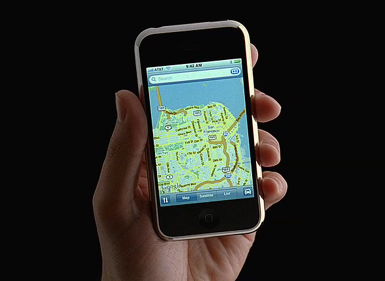 |
I often comment that the GWT API is extremely unstable, more so than most other open source projects, due to the vast number of changes in each release. When Google released GWT 2.2 a few weeks ago, the release notes implied this was a relatively minor release. After attempted to update a fairly large GWT project to 2.2, I discovered a major issue: all of the referenced GWT plugins broke and required a new version that was GWT 2.2-compatible. |
The API Change – Small and Subtle
In GWT 2.2, Google changed the class library JClassType from an abstract class to an interface. On the surface, this may seem like a minor change that would not affect most developers. Java compiler experts may be aware, though, that changing the class type alters the byte code of classes that compile against this class. In other words, any JAR or library compiled prior to GWT 2.2 that references this class will be unable to be used in GWT 2.2.
The error often manifests during a GWT Production mode compilation as:
[ERROR] Internal compiler error java.lang.IncompatibleClassChangeError: Found interface com.google.gwt.core.ext.typeinfo.JClassType, but class was expected
The Fallout
Because of this API change, most GWT plug-in libraries must be recompiled to GWT 2.2, and the resulting JAR will not be compatible with versions of GWT older than 2.2. In my case, this affected all the plug-ins I was using.
On the plus side, many GWT plug-in developers have already noticed the issue and begun issuing new versions. For example, if you are using Ext GWT, Sencha just released a new version this morning that is compatible with GWT 2.2. Bst-player, a plug-in I have contributed to, has also been updated for GWT 2.2.
Unfortunately, Google Maps, one of the most commonly used plug-ins, has not yet been updated and is therefore not currently compatible with GWT 2.2, as described in this bug report (please “Star” this issue if you have a G-mail/Google account!). If you rely on Google Maps in your GWT application, I strongly recommend you hold off upgrading to GWT 2.2. If you refer to the ticket, a user has posted their own GWT 2.2-compiled JAR, but this is not an official release.
All or Nothing
The major problem with this update is that it forces developers to update GWT and all plug-ins at the same time. If you upgrade to GWT 2.2, you are required to update all of your plug-in libraries and if, as in the case of Google Maps, there is no such update available, then you cannot upgrade at this time. Alternatively, if you keep the older version of GWT, then you cannot upgrade any of your plug-ins since the new versions will not be compatible with versions of GWT older than 2.2.
Conclusion
When I upgraded from GWT 1 to 2.0, a much more significant process, most plug-ins still worked, albeit with some issues. The fact that the GWT 2.2 upgrade completely breaks existing plug-ins is a serious issue, one I hope Google does not repeat in the future. With any luck, this is not a sign of things to come, and Google will consider supporting existing software in the future.
 |
Reminder: Jeanne and I are both presenting at TheServerSide Java Symposium next week. My lecture is entitled “GWT Roundup: An Overview of Google’s Web Toolkit and Hybrid Integration” and Jeanne’s presentation is called “Throw Away All The Rules. Now What Process Do You Follow?.” The conference is being held in Las Vegas and it’s not too late to register to attend. |

